Related Research Articles

Nicolas Malebranche was a French Oratorian Catholic priest and rationalist philosopher. In his works, he sought to synthesize the thought of St. Augustine and Descartes, in order to demonstrate the active role of God in every aspect of the world. Malebranche is best known for his doctrines of vision in God, occasionalism and ontologism.
Peter Anthony Motteux was a French-born English author, playwright, and translator. Motteux was a significant figure in the evolution of English journalism in his era, as the publisher and editor of The Gentleman's Journal, "the first English magazine," from 1692 to 1694.

Giovanni Bononcini was an Italian Baroque composer, cellist, singer and teacher, one of a family of string players and composers. He was a rival to George Frederic Handel.
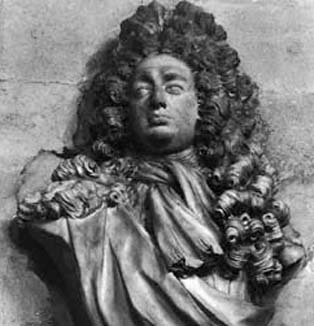
David Gregory FRS was a Scottish mathematician and astronomer. He was professor of mathematics at the University of Edinburgh, and later Savilian Professor of Astronomy at the University of Oxford, and a proponent of Isaac Newton's Principia.
Charles Gildon, was an English hack writer and translator. He produced biographies, essays, plays, poetry, fictional letters, fables, short stories, and criticism. He is remembered best as a target of Alexander Pope in Pope's Dunciad and his Epistle to Dr. Arbuthnot and as an enemy of Jonathan Swift. Due to Pope's caricature of Gildon as well as the volume and rapidity of his writings, Gildon has become the epitome of the hired pen and literary opportunist.
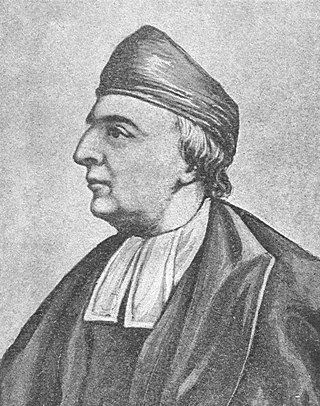
Samuel Wesley was a clergyman of the Church of England, a poet, and a writer. He was the father of John Wesley and Charles Wesley, the founders of Methodism.

Guillaume François Antoine, Marquis de l'Hôpital was a French mathematician. His name is firmly associated with l'Hôpital's rule for calculating limits involving indeterminate forms 0/0 and ∞/∞. Although the rule did not originate with l'Hôpital, it appeared in print for the first time in his 1696 treatise on the infinitesimal calculus, entitled Analyse des Infiniment Petits pour l'Intelligence des Lignes Courbes. This book was a first systematic exposition of differential calculus. Several editions and translations to other languages were published and it became a model for subsequent treatments of calculus.
John Dunton was an English bookseller and author. In 1691 he founded The Athenian Society to publish The Athenian Mercury, the first major popular periodical and first miscellaneous periodical in England. In 1693, for four weeks, the Athenian Society also published The Ladies' Mercury, the first periodical published that was specifically designed just for women.

Joseph Raphson was an English mathematician and intellectual known best for the Newton–Raphson method.

Friedrich Christian, Count of Schaumburg-Lippe was the second ruler of the County of Schaumburg-Lippe.
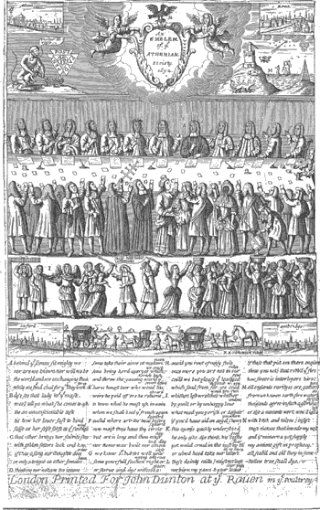
The Athenian Society was an organization founded by John Dunton in 1691 to facilitate the writing and publication of his weekly periodical The Athenian Mercury. Though represented as a large panel of experts, the society reached its peak at four members: Dunton, Dr. John Norris, Richard Sault and Dunton's brother-in-law, Rev. Samuel Wesley. The group would answer the questions of readers about any topic, creating the first advice column. In 1693, for four weeks, The Athenian Society published also The Ladies' Mercury, the first periodical published that was specifically designed just for women.
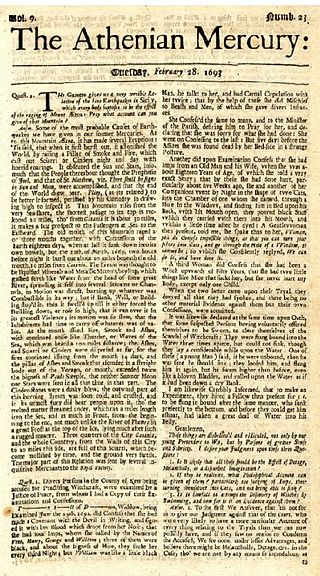
The Athenian Mercury, or The Athenian Gazette, or The Question Project, or The Casuistical Mercury, was a periodical written by The Athenian Society and published in London twice weekly between 17 March 1690 and 14 June 1697. John Dunton was the editor in chief. A spin-off of The Athenian Mercury, The Ladies' Mercury, was also published by The Athenian Society, in 1693, for four weeks. It was the first periodical that catered specifically to women readers.
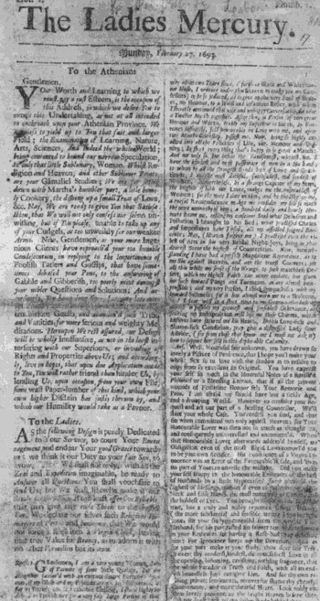
The Ladies' Mercury was a periodical published in London by the Athenian Society notable for being the first periodical in English published and specifically designed for women readers.

John Kettlewell was an English clergyman, nonjuror and devotional writer. He is now known for his arguments against William Sherlock, who had justified the change of monarch of 1688–89 and his own switch of sides in The Case of the Allegiance. According to J. P. Kenyon, Kettlewell's reply made a case "with which conformist Anglicans could only agree, because it was spiritual, while Sherlock's was resolutely aspiritual". He went on to attack defenders of the Glorious Revolution generally as proponents of fallacious contractarian theories.

William Nicholls (1664–1712) was an English clergyman and theologian, known as an author on the Book of Common Prayer.
Francis Lee was an English writer and physician, known for his connection with the Philadelphians.
Adriano Morselli was a Venetian librettist active between 1679 and 1691. His libretti have been set to music by composers like Antonio Vivaldi, Alessandro Scarlatti, Giacomo Antonio Perti, Bernardo Sabadini, Carlo Francesco Pollarolo and Domenico Gabrielli. His most popular works were L'incoronazione di Dario from 1684 and Tullo Ostilio from 1685, and the unfinished La pace fra Seleuco e Tolomeo from 1691.
James Converse was a farmer, soldier and office holder in Massachusetts, distinguishing himself as a military leader during the French and Indian Wars. Prominent in public affairs, he also served as a speaker of the Massachusetts House of Representatives.
William Bowen (1666–1718) was a British stage actor. He was part of the United Company from 1689. For a time, he became known for his comic roles. He was fatally wounded in a duel with fellow actor James Quin in 1718.

Thomas Rowney was a British Tory politician who sat in the English House of Commons between 1695 and 1708 and in the British House of Commons from 1708 to 1722.
References
 This article incorporates text from a publication now in the public domain : "Sault, Richard". Dictionary of National Biography . London: Smith, Elder & Co. 1885–1900.
This article incorporates text from a publication now in the public domain : "Sault, Richard". Dictionary of National Biography . London: Smith, Elder & Co. 1885–1900.